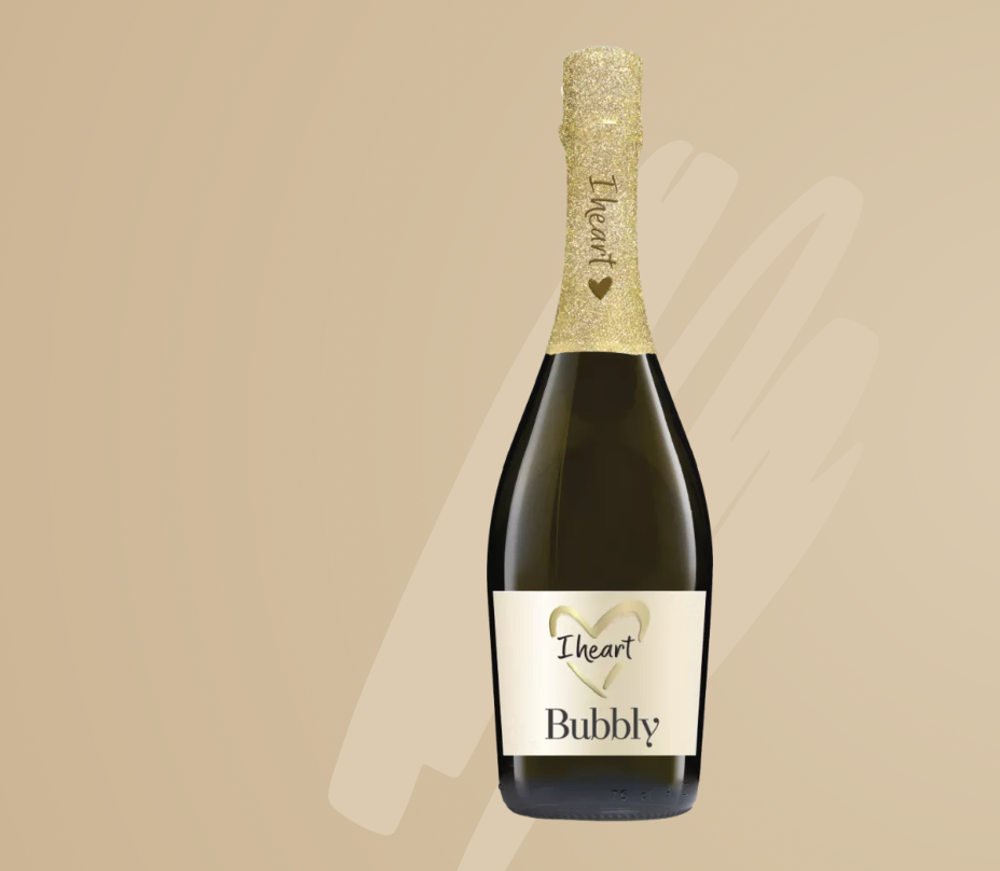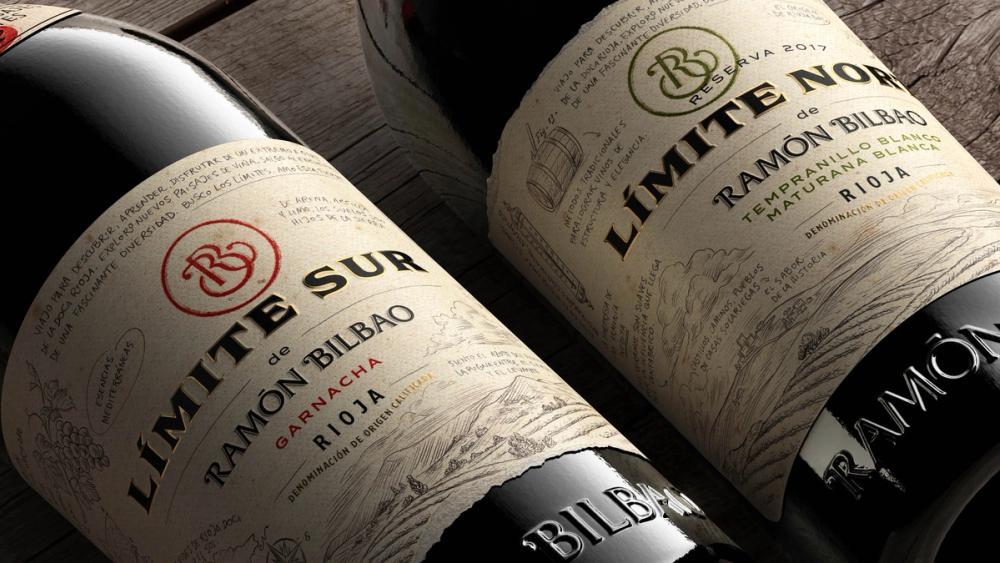How do you reflect on 2024 going into next year - what have been the big moments for you as a business over the last 12 months?

Freixenet Copestick has been able to introduce a number of new wines to its branded range - including iheart Bubbly - and producers to its agency portfolio in 2024
A busy but exciting year at Freixenet Copestick. The overall trading environment in wine continues to be challenging, but there are plenty of opportunities for innovation. Bolney, our English sparkling winery, goes from strength-to-strength and we successfully launched iheart bubbly and Freixenet Royal in 2024. Looking forward to 2025 we see difficulties in the legislative environment especially regarding duty and EPR (Extended Producer Responsibility).
Where were you in terms of achieving your commercial goals and targets?
It’s been another successful year and we are on track to achieve our business goals. We have had to work hard to ensure our cost line remains as stable and low as possible – there is still some inflation in the marketplace coupled with not the best 2024 vintage harvest across Europe which means the environment can be tricky to navigate.
We have strong brands that consumers want, so this helps to create some stability for us.
What are your thoughts going into 2025 and what you see as the big opportunities you can build on from this year?

Ramon Bilbao is one of a number of major global wine producers that are now being distributed by Freixenet Copestick
We are exceptionally positive for 2025. Our portfolio of strong brands, including Freixenet, Mionetto, iheart, Wakefield, Mouton Cadet, Spier and Ramon Bilbao continue to be successful. We then have a great emerging portfolio of crémant, Champagne, Baker Street Wine Company and also a launch of an Mionetto Aperitivo and the start of a partnership with Argentinean winery Argento meaning we are optimistic for a strong 2025.
There are a lot of concerns over the big changes in duty rates happening in February - how do you reflect on those changes and what impact they will have on the business?
We feel the changes to the duty bands adds additional and unnecessary complexity into the supply chain and ultimately won’t benefit the consumer in terms of their experience of wine. Whilst the previous harmonisation of sparkling and still wine duty was beneficial to Freixenet Copestick we continue to lobby for fairer taxes.
In terms of the actual duty, we have taken alcohol out of our more commercial wines to ensure they hit consumer price points and for our premium wines, we have been working with the wineries to get then to have stable ABVs across vintages. This has been challenging, but this helps keep stable pricing to the trade and minimise supply chain issues. [Freixenet Copestick confirmed to The Buyer at the World Bulk Wine Exhibition that it sees 10%-11.5% as being the ideal ABV rate to take advantage of lower duty rates].
What specific steps are you putting in place to handle the extra administration and complexity of the multiple duty rates?
We have been working with suppliers to get stable ABVs for some time now. We have been cleansing all our product data, upgrading our systems to allow for multiple duty codes and working with customers’ supply chains to make sure we deliver exactly the product they are asking for.
Will you be actively looking to source lower ABV wines and if so what ABVs are you looking for?

Freixenet Copestick has already taken steps to make the most of the trend towards low and no alcohol and is working with its trade partners on sourcing more commercial wines at around 10-11.5% to take advantage of new duty rates
Yes. Our no or low alcohol wines continue to be exceptionally successful and this will be an important focus for Freixenet Copestick. We will also make sure that the commercial wines are at the best ABV for not only quality but also to hit a price point. We can’t lose sight on quality as this is the most important factor in our wines – without this there will be no repeat purchase.
We will also ensure our partners in warmer climates try and ensure they get to the right ABV for their UK customers. Finally, we advocate our high quality estate wines, such as in Jascots Wine Merchants are made in the best possible way with a real focus on the terroir or grape expression rather than at a specific ABV.
What style of wine at lower AVBs would you consider listing in terms of how they are made - spinning cone vs other dealcoholising methods?
The best way is to plan for lower ABVs right from the start of the grape growing cycle. Different canopy management, slightly earlier harvest, different yeast and then some alcohol removal (if necessary) is the best way to preserve the wines quality and style. It’s not easy and we spend hours blending different components to get to the right ABV whilst retaining the viscosity and flavour we require.
What expectations and demands are you seeing from major customers in terms of handling the new duty changes?
Most of the hard work was completed when we moved to the new duty status last year. Customers were pretty clear on their expectations – but it’s around focusing on clear product data and exceptional supply chain management.
Do you also see opportunities and ways in which you can help and support customers with these changes. If so how?
It’s about being able to offer different ranges to different customers depending on their needs. Our portfolio stretches from 0.0% to 8%, from commercial wines at 10% to estate led wines at 15%. Something for everyone.
There are also the planned changes to Extended Packaging Responsibilities - what will the practical impact of those changes be on the business?
Two major changes will hit Freixenet Copestick in 2025. Firstly, the PRN payments will, on January 12025, move from the importer to the brand owner under a single point of compliance. Its theoretically no extra charge within the supply chain, but will move from us as the brand owner having to recover it from our customers rather than it previously being paid by different people depending on the INCO term of purchase.

As a major producer of wine - through its Bolney Wine Estate and other major brands through Freixenet and Henkell - Freixenet Copestick faces increased costs to cope with new packaging waste regulations in 2025
PRNs continue to be based on market prices which we, as a drinks industry, have very little ability to affect these charges. Secondly the Waste Management Fee, officially going live in April 2025, will see a new and additional charge being levied on us as the brand wwner. The Government is due to formally announce the charges in April, but early indicators are suggesting significantly high costs.
Whilst Freixenet Copestick fully support environmental initiatives, we will continue to lobby for a fairer tax system and one that doesn’t have a negative impact on the wine industry.
Any particular case studies, or examples you can share on the increased costs involved?
The cost is based on the waste packaging tonnage. About 85-90% of the total EPR costs are therefore due to the weight of the glass so it’s important to have a strategy to mitigate the impact on heavier weight bottles. For Freixenet Copestick there are certain restrictions, especially on sparkling wine, because it’s exceptionally hard to reduce bottle weight for bottle fermented products under health and safety reasons.
Whilst the government is yet to publish the EPR scheme fees, it’s reasonable to expect an 8-12p per bottle increase depending on the weight of the bottle.
How are you going to implement the changes?
We are still discussing this with our customers, but the costs are too significant to absorb as a business so this government tax will have to be passed on to the end consumer. We will continue to look at alternative packaging formats and reducing the bottle weight where appropriate to ensure we keep any changes to a minimum, or offer alternative solutions.
What other major plans do you have for next year in terms of wines, ranges, events, tastings and activity in the trade?
In early 2025, we will see Argento join our portfolio and then the Jascots Wine Merchants tasting is on the March 3.
* You can find out more about Freixenet Copestick at its website here.
* If you would like to share your thoughts on the new duty and EPR changes and your plans for 2025 then please email Richard Siddle at richardsiddle5@gmail.com.







































